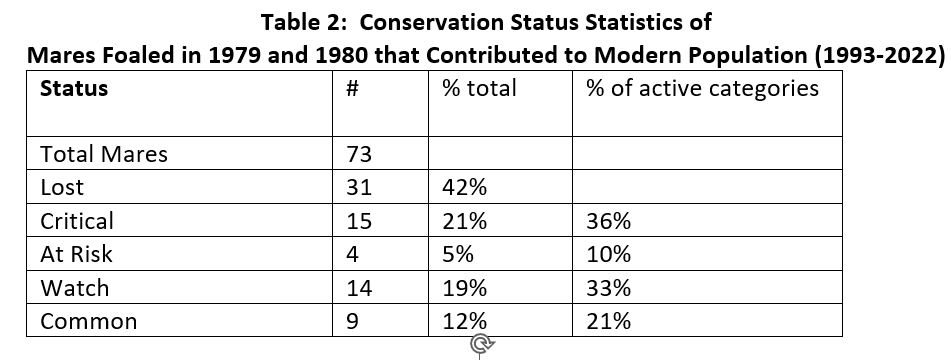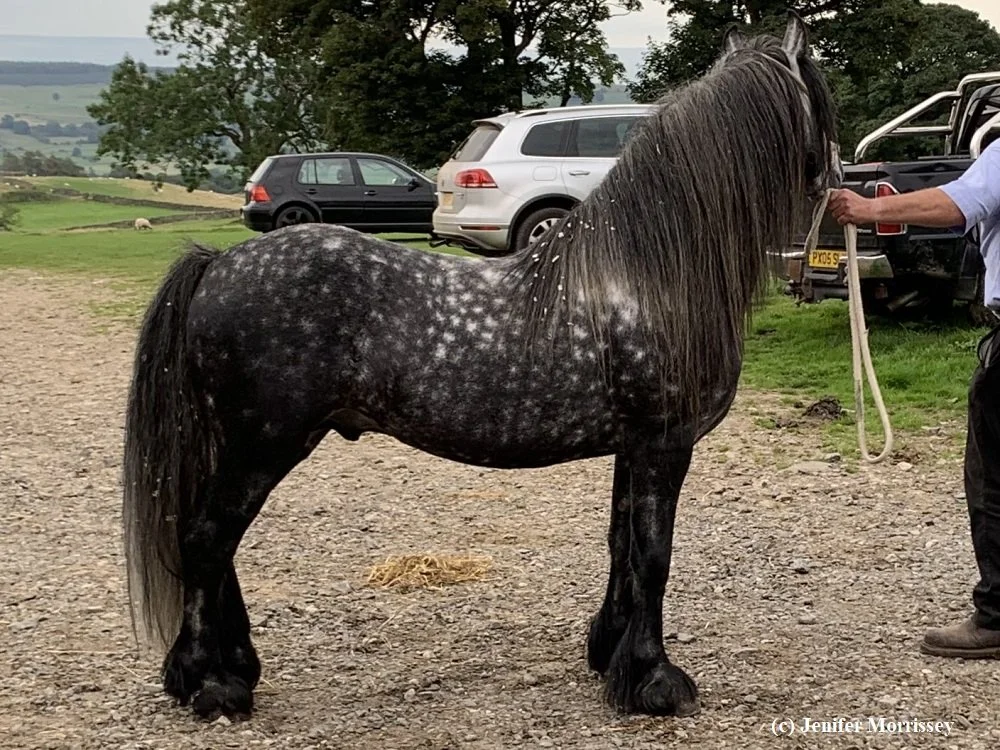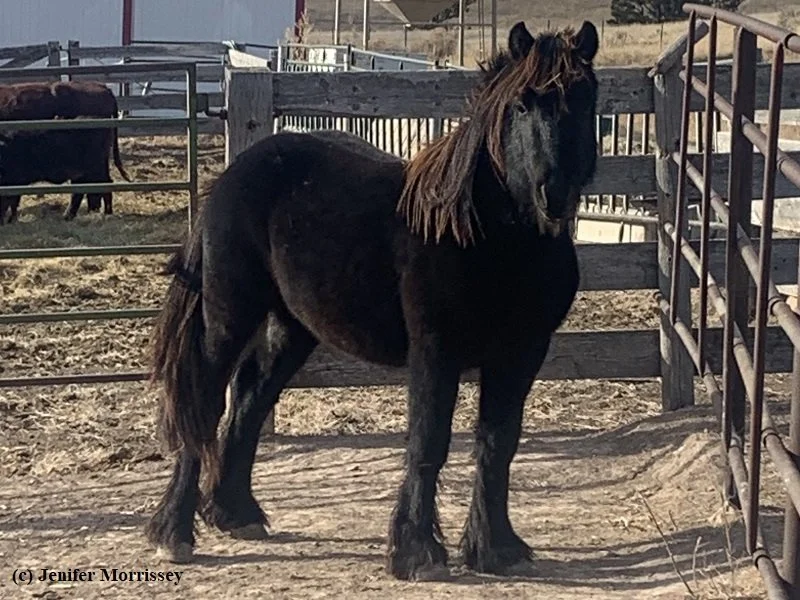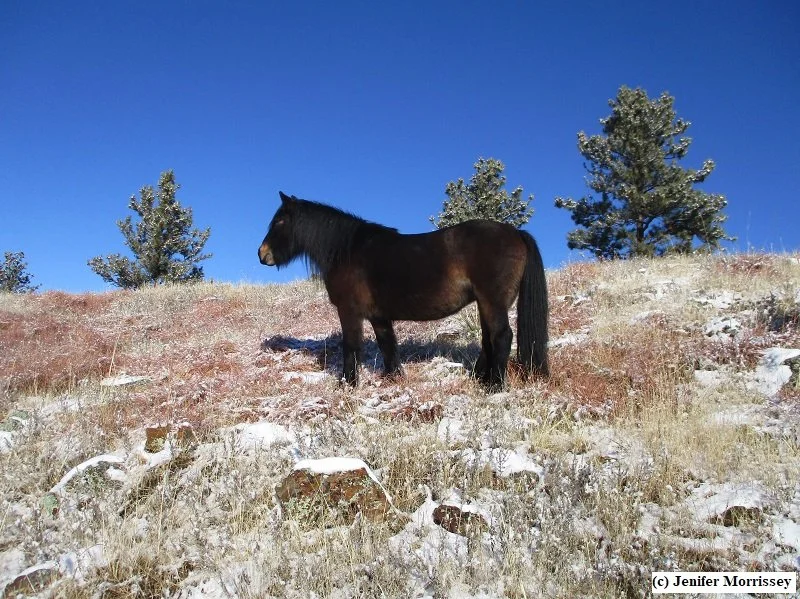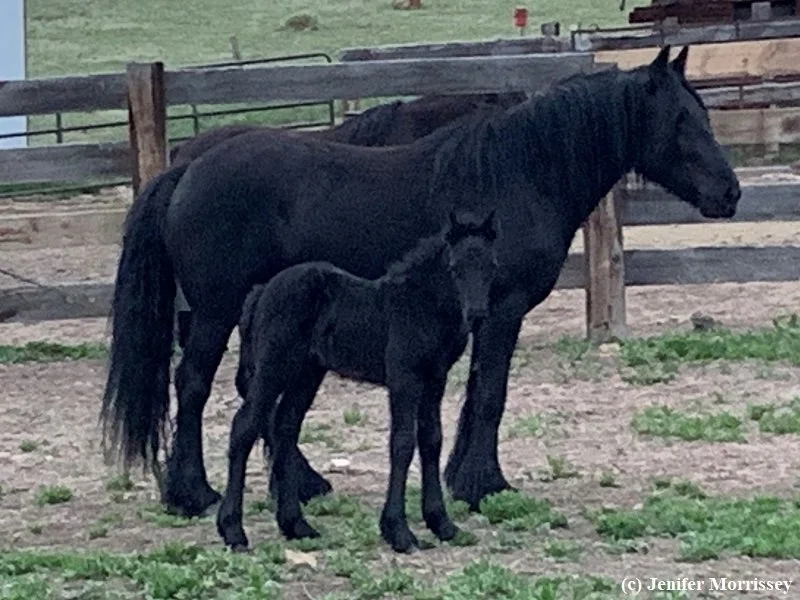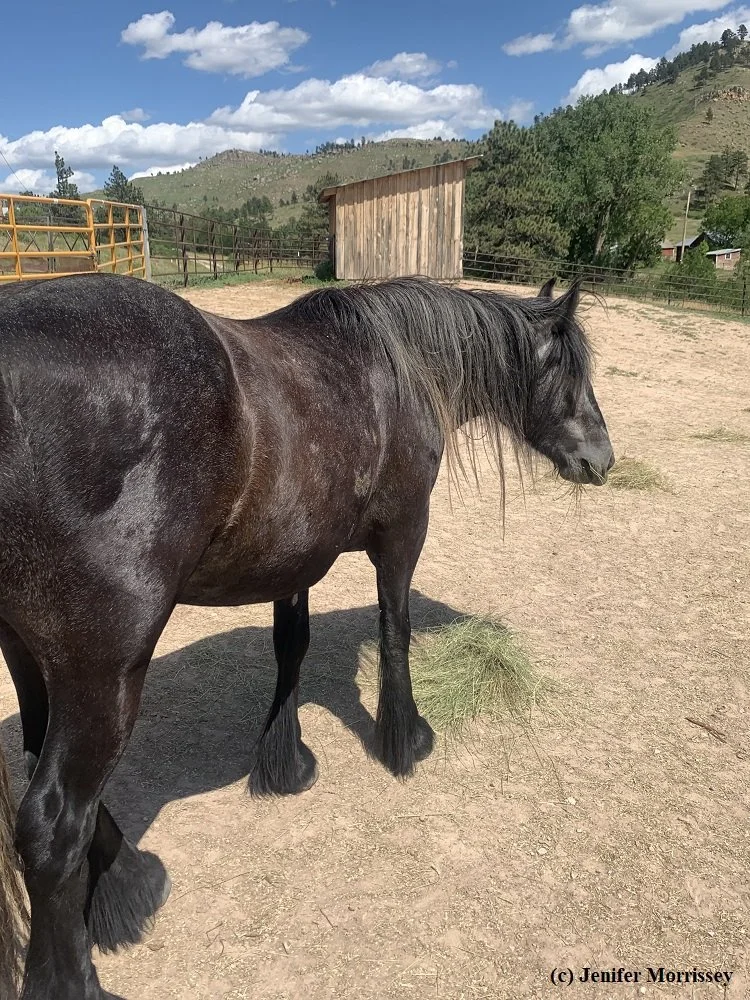Fell Ponies in the New York TImes!
/I admit that I don’t subscribe to the New York Times for coverage about ponies. As a result, it took someone else pointing out an article in that publication for me to notice it. I am grateful to Victoria Tollman of the Equus Survival Trust for bringing Fell Ponies and other rare equine breeds to the awareness of a completely new and different audience. The article “Some Horse Breeds Are Near Extinction. These People Are Trying to Save Them” was published December 10, 2025. (1)
Fell Ponies at WIllowtrail Farm in the Black Hills of South Dakota.
With nearly thirty years of stewarding rare livestock breeds under my belt, the equine breeds and information about their rareness wasn’t new to me. What was interesting in the article, however, was reading about them from the perspective of a non-horse person. This perspective is so far in my past that it was helpful for me to experience it again. For instance, the story was decidedly about the human dimension of rare equine conservation - such as the seven generations of the Little family’s work with Mountain Pleasure horses - rather than the brass tacks of livestock stewardship. “Breeders like Little-Basil said they faced an uphill battle to not just produce healthy horses, but also promote interest to others to ensure their efforts last.” I also tripped multiple times over the use of ‘preservationist’ for people and organizations working on behalf of these breeds. More often I see the word conservation used in our circles.
Bar S Suffolk Punch hitch at American Suffolk Horse Association Annual Meeting in 2019
The article opened with a story about a steward of Caspian Horses; Caspians were the only breed shown in a photograph. Fell Ponies were mentioned in the context of Tollman’s early involvement with the breed. “When Tollman discovered the breed in the 1990s, she said estimates put them at about 2,500 worldwide; today, she said, those numbers have nearly tripled.” Of course, Tollman also mentioned the late Queen Elizabeth II’s support for Fells. Other breeds mentioned included Suffolk Punch, American Cream Draft, the Choctaw, and the Hackney Horse.
With horse ownership being challenged by rising costs everywhere, it may become increasingly important to promote rare breed conservation to new and different audiences. I was surprised and pleased that the New York Times was receptive to the topic.
Nir, Sarah Maslin. “Some Horse Breeds Are Near Extinction. These People Are Trying to Save Them,” The New York Times, 12/10/25.
© Jenifer Morrissey, 2025











